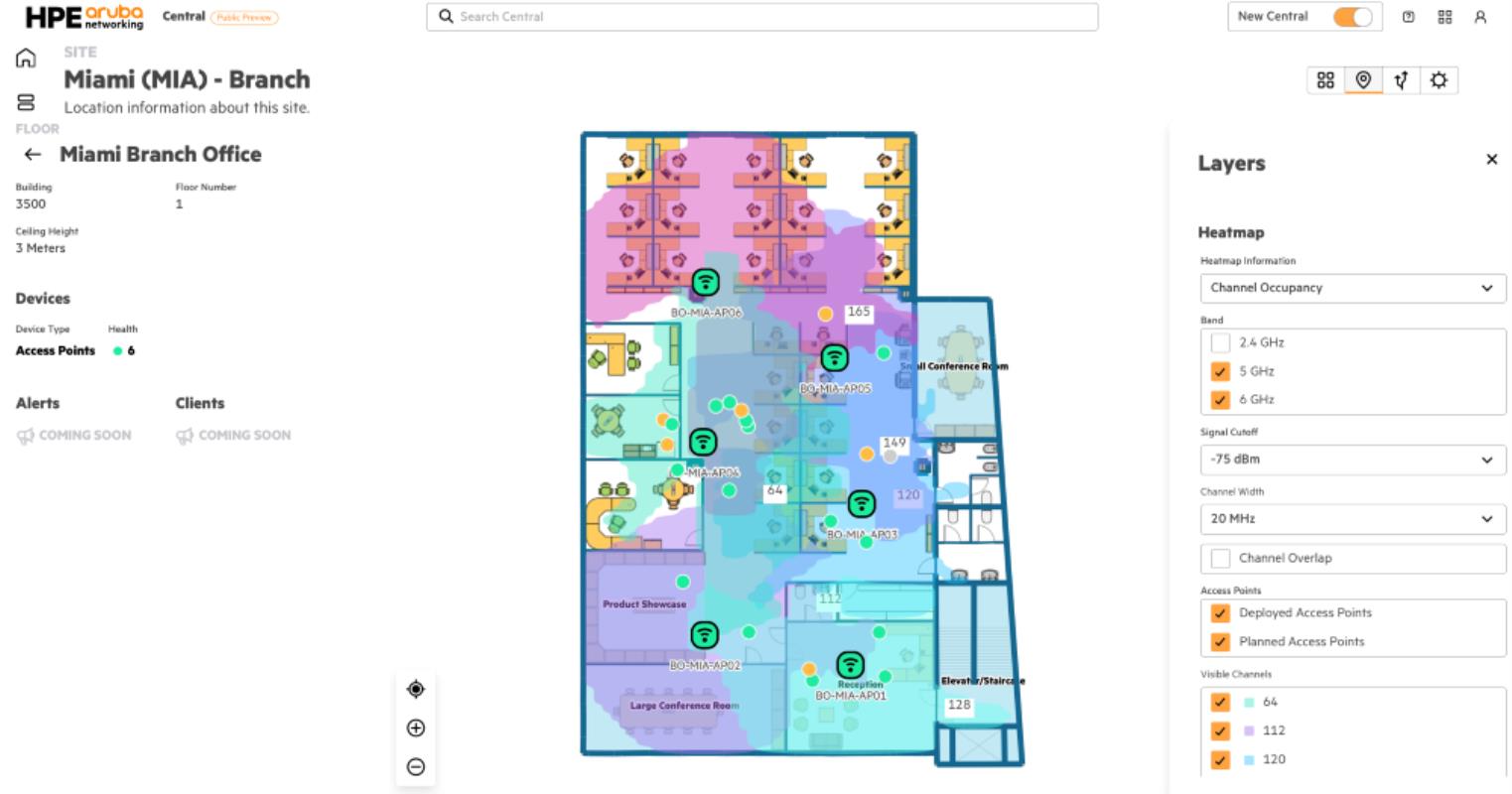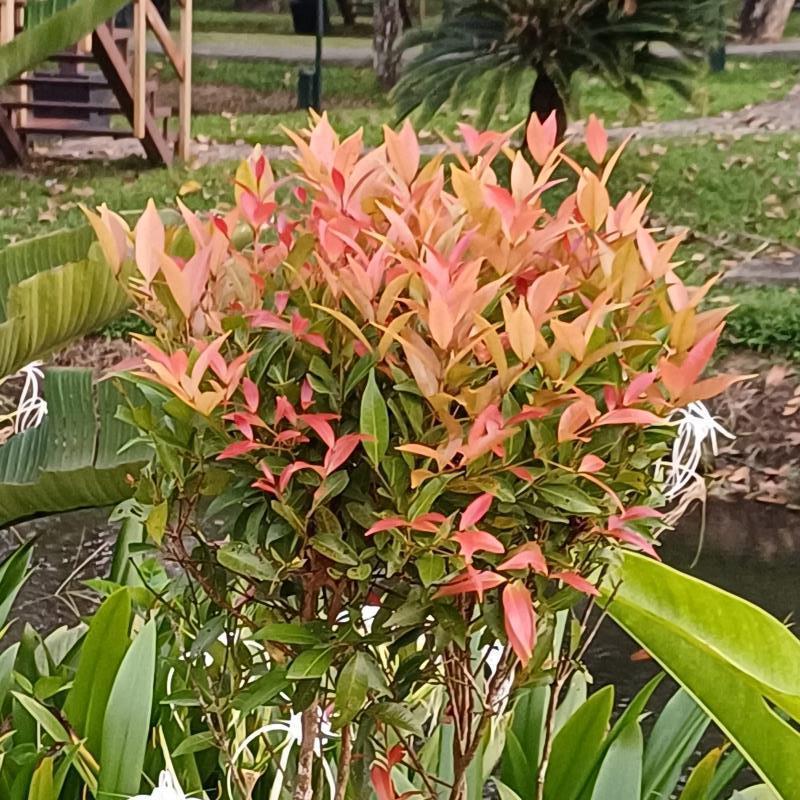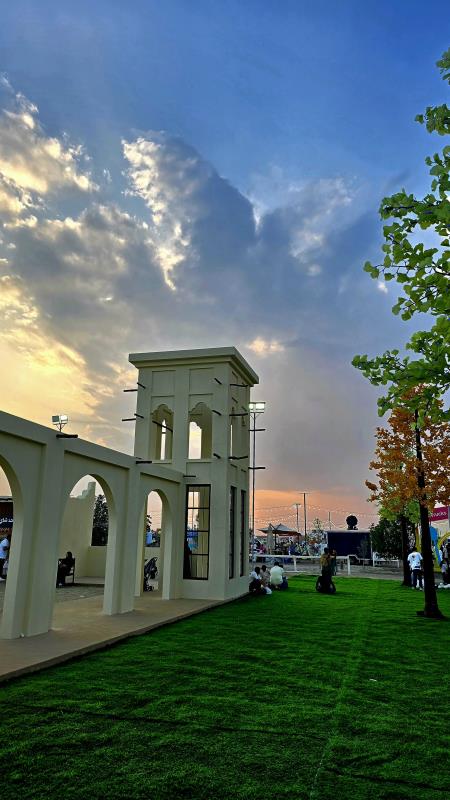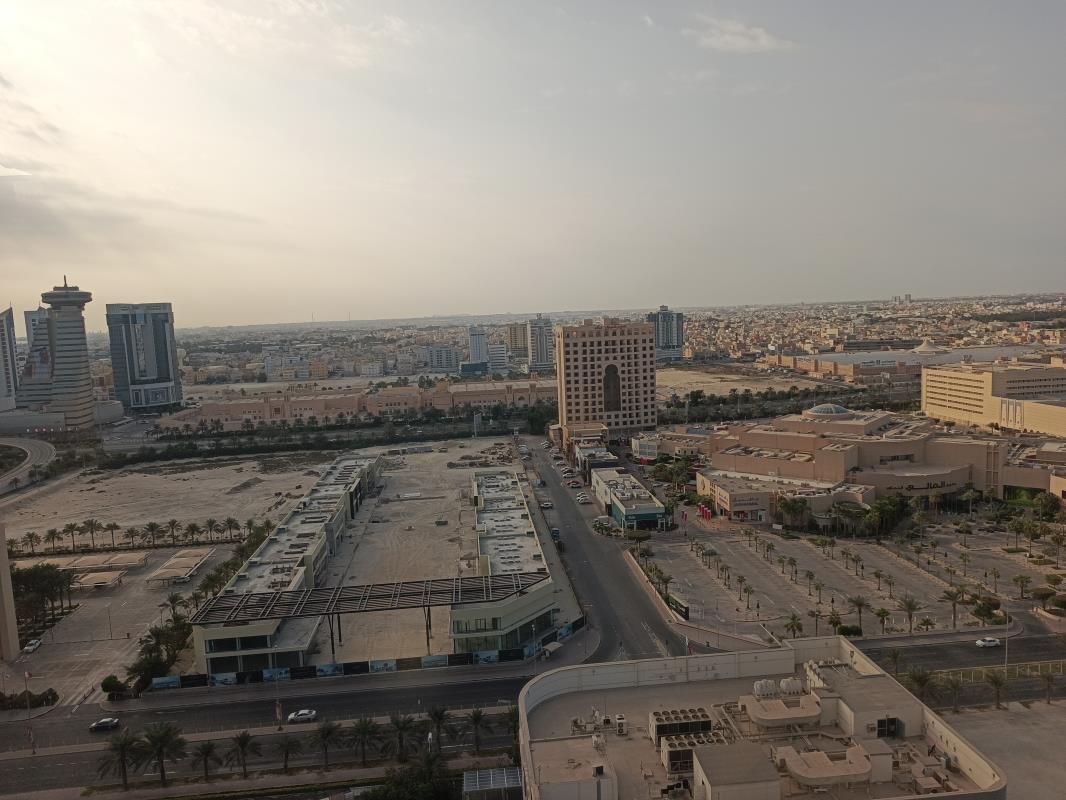The 3D-printed habitat includes private crew quarters, a kitchen, and dedicated areas for medical, recreation, fitness, work, and crop growth activities, as well as a technical work area and two bathrooms. The crew is scheduled to begin in June this year as the teams obtain the most accurate data during the analog mission.
During the simulation, crew members will carry out different types of mission activities, including simulated spacewalks, robotic operations, habitat maintenance, personal hygiene, exercise, and crop growth," Nasa said in a statement.
The crew will also face environmental stressors such as resource limitations, isolation, and equipment failure in order to be as close to the situation on Mars when humans arrive. The team will be subjected to resource limitations, isolation, equipment failure, and significant workloads during their habitation.
"The major crew activities during the analog may consist of simulated spacewalks including virtual reality, communications, crop growth, meal preparation and consumption, exercise, hygiene activities, maintenance work, personal time, science work, and sleep," Nasa has said in its mission brief.
Crew members will spend time remotely operating robotic elements, which will likely be necessary for real crews on Mars to extend their exploration capabilities. They will also be responsible for controlling a helicopter-like drone and a roving robot.
The American space agency is planning three such analog missions to better understand the requirements for a habitat on our next-door cosmic neighbour. While analog mission one commences this year, the second mission will be conducted in 2025 and the third mission will be followed up in 2026.
As scientists and engineers continue to develop the capability to send humans to Mars in the near future, four humans will live the dream this summer as they begin living on Mars. However, their Martian homes will be on Earth.
The four volunteers are part of a year-long mission to prepare humans for the exploration of the Red Planet. They will live in a habitat that will simulate conditions on Mars when humans arrive on the Red Planet in the near future.


























































































